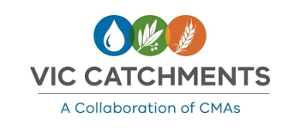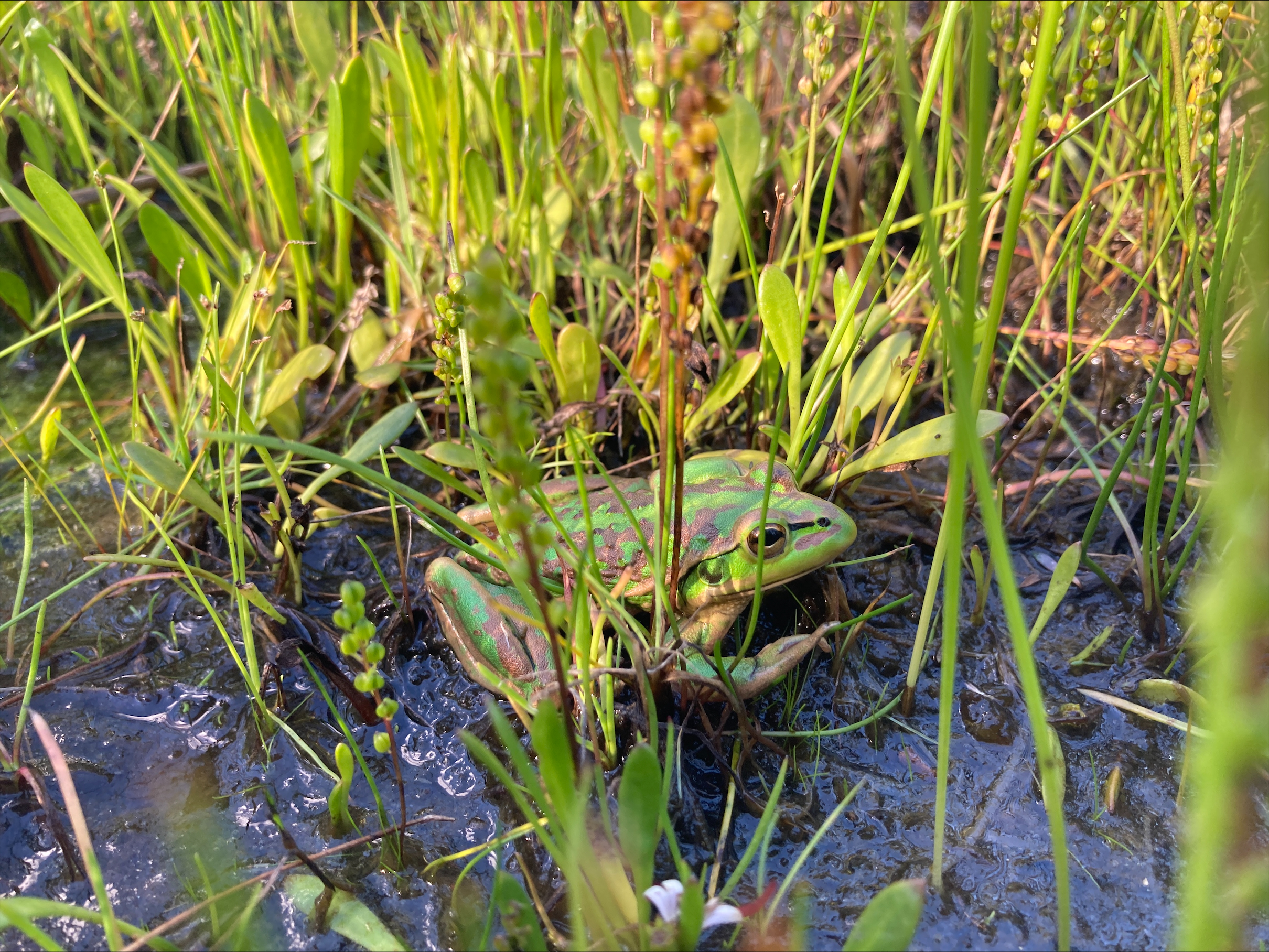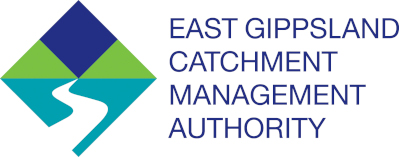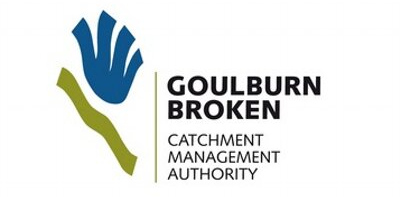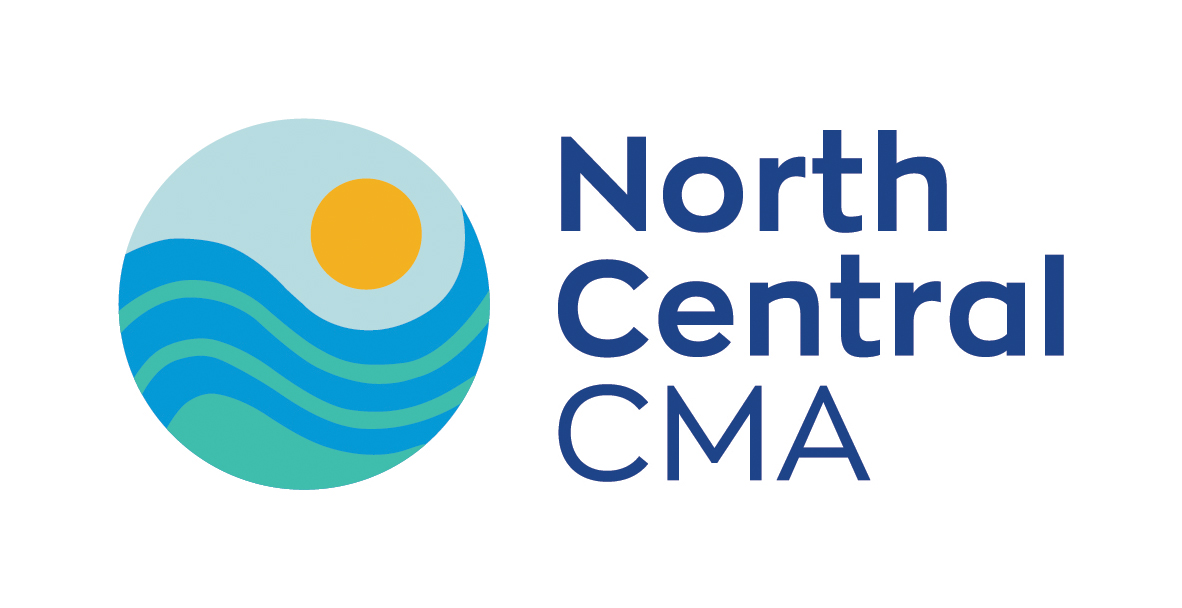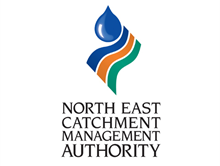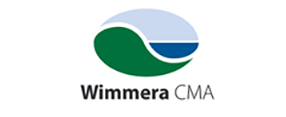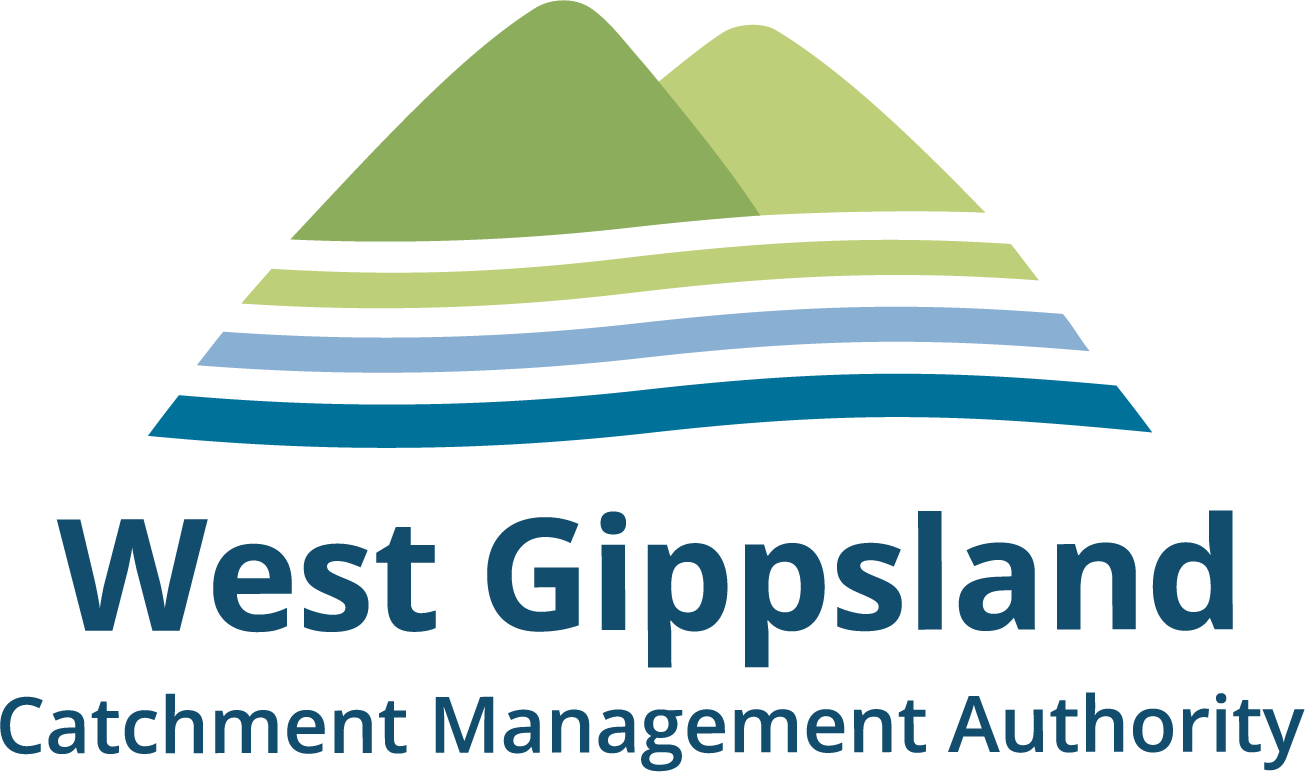East Gippsland CMA
The East Gippsland Catchment Management region is comprised of 2.2 million hectares of land, lakes and coastal waters out to 5.5 kilometres, in the easternmost part of Victoria, Australia.
The region contains a Ramsar listed wetland system (Gippsland Lakes and Lake Tyers), six declared Heritage Rivers, and many national parks and reserves. A large proportion (83%) of the region is public land, stretching from sub-alpine environments to the coast.
Our Future Vision
We are leaders in integrated catchment management, partnering with our communities to enhance East Gippsland’s landscapes, biodiversity and cultural heritage.
2023-24 Achievements
- Maintaining strong partnerships with Gunaikurnai Land and Waters Aboriginal Corporation and Moogji Aboriginal Council. They are key partners in the development and delivery of the Gippsland Lakes and waterways programs.
- Delivered the three-year waterway health program (EC5), including Gippsland Lakes projects, Mitchell and Cann Flagship Waterways, Integrated Catchment Management, Environmental Water, Buchan River Fishway, Statutory Functions and Supporting Communities.
- The sustainable agriculture program, focusing on building the capacity and capability of landholders across the region by increasing and improving ground cover, carbon farming, mental health support and building partnerships.
